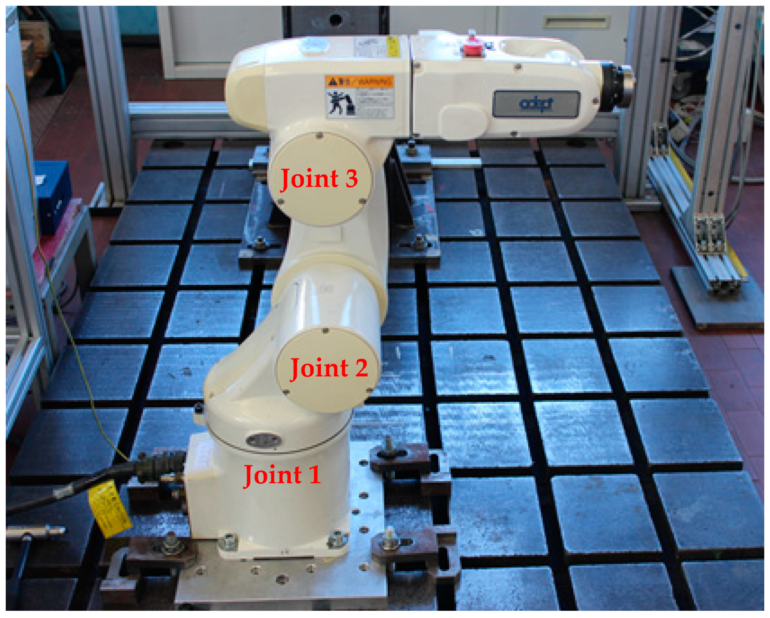Ensuring that countries abide by future nuclear arms agreements will be a vital task. Inspectors may have to count warheads or confirm the removal of nuclear weapons from geographical areas. Those hotspots could include underground bunkers and require confirmation that no weapons exist in a location at all. Now, researchers at Princeton University and the U.S. Department of Energy’s (DOE) Princeton Plasma Physics Laboratory (PPPL) have devised an automated way to ensure compliance.
The key innovation takes the form of a robot standing almost three feet high, appearing as an extra-tall, extra-wide, silvery soda can mounted on crab-walking treads. This mobile device, perhaps unaccompanied by humans, could help countries verify one another’s compliance with nuclear arms control agreements. The concept was originally developed and tested in 2019 by Robert Goldston, a Princeton University professor and former PPPL director, and Alexander Glaser, a Princeton professor of mechanical and aerospace engineering.
The study is published in the journal Nuclear Instruments and Methods in Physics Research Section A: Accelerators, Spectrometers, Detectors and Associated Equipment.
The new robot can determine whether there is a nearby source of neutrons—particles from the nucleus of an atom—and can uniquely determine the direction the neutrons are coming from and the intensity of their source. Detection of these sub-atomic particles could help identify and count nuclear warheads.
The device, called the N-SpecDir Bot, would be programmed only to look for particular materials, rather than conduct a general search of a particular area—a quality that could help persuade countries to allow its use in their territory. “The core idea is that the only information saved and taken from a site would be about a neutron source,” said Eric Lepowsky, a fourth-year graduate student in Princeton’s mechanical and aerospace engineering department and lead author of the paper reporting the results. Lepowsky also participates in the Program on Science and Global Security at the Princeton School of Public and International Affairs.
Another advantage would enable robot inspectors to look for nuclear material in a consistent manner. “A robot is less error-prone, since it doesn’t get tired,” said Moritz Kütt, a contributing author, visiting research collaborator at the Princeton Program on Science and Global Security, and senior researcher at the Institute for Peace and Security Research in Hamburg, Germany. “Its judgment is the same whether it’s early in the morning or late in the evening.”
The findings pertain to the first 2019 results and confirm that the robot operates as designed. Lepowsky and colleagues recently upgraded the robot by increasing the number of sensors from three to six, allowing the device to get the same measurements as before in half the time. The new sensors also provide a better sense of the direction toward a neutron source.
This neutron detector is the latest advanced diagnostic to emerge from PPPL research. PPPL-produced diagnostics and modified versions are used by fusion researchers throughout the world. In addition, PPPL is leading the way in the development of diagnostics to aid the use of low-temperature plasma in the manufacturing of microchips.
The researchers designed the robot for a time when the international community is less fractured than now and more inclined to collaborate to reduce common threats. “You could imagine a future agreement with a country that shrinks nuclear arsenals; such an agreement would require tools that would let you determine whether a particular facility was clean,” Lepowsky said. “Our device is such a tool, ready to use when politics and international affairs have aligned.”
Lepowsky found himself drawn to this project because it combines several different fields. “It involves solving a real problem by drawing from concepts in robotics, signal processing, and radiation detection,” he said. “This is a problem that everyone should be concerned about.”
In the future, the researchers hope to test the robot in more realistic scenarios. “We would like to use this technology to measure real sources of interest, whether a mockup warhead or some form of uranium,” Lepowsky said. “But for now, we are pleased to be doing research using PPPL’s facilities.”
Collaborators also included researchers from Cornell University.
More information:
Eric Lepowsky et al, Experimental demonstration and modeling of a robotic neutron detector with spectral and directional sensitivity for treaty verification, Nuclear Instruments and Methods in Physics Research Section A: Accelerators, Spectrometers, Detectors and Associated Equipment (2022). DOI: 10.1016/j.nima.2022.167362
Provided by
Princeton University
Citation:
How robots could help verify compliance with nuclear arms agreements (2023, June 21)



